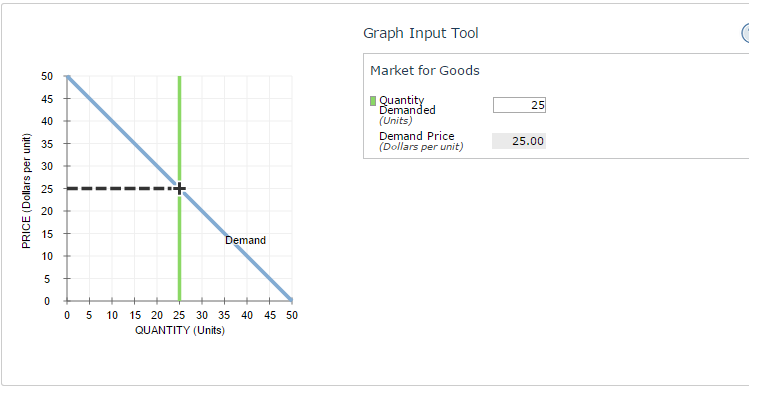

Īverage variable cost ( AVC ) refers to variable costs divided by the total quantity of output produced, AVC = VC Q. The graph below shows four costs curves for a firm operating in a perfectly competitive market:Īverage fixed cost ( AFC ) refers to fixed costs divided by the total quantity of output produced, AFC = FC Q. Total cost ( TC ) is the sum of the fixed costs and variable costs, so TC = FC + VC. Examples of variable costs include hourly and piece-rate wages, and raw materials used in manufacturing. Variable costs ( VC ) are expenses which increase with the quantity of output produced ( Q ). Examples of fixed costs include rent and annual salaries. Review of the costs incurred when producing and selling productsįixed costs ( FC ) are expenses to that do not vary with the quantity of output produced ( Q ). Marginal revenue ( MR ) can be defined as the additional revenue a firm receives for selling one additional unit of output, and so in perfect competition, it equals the price of the product and can represented by a horizontal line ( MR = P ) as in the graph below. The price per unit is completely controlled by the market forces of supply and demand, and each firm in the market must sell their product at this predetermined market price. In a perfectly competitive market, there are many economic participants but none have the power to set the market price for a particular product. If you have questions about calculating your break even point, please don’t hesitate to contact us on Twitter or Facebook.Costs of Production in a Perfectly Competitive Market Your break even point is where the line on the chart crosses the zero line.
#Minimum average cost per unit calculator plus#
The calculator will also tell you the total revenue you will need to bring in to cover your fixed costs PLUS the costs of delivering your product or service.

products) you have to sell in a typical month to cover your costs. Using the calculator above, plug in your numbers and see how many units (ie. Once you know these three numbers, you are ready to perform your break even calculation. Instead of this text-book definition, we recommend using your regular running costs such as payroll and other normal expenses - what would normally be your “Operating Expenses” on a profit and loss statement.ĭon’t worry about getting this exactly right. Those expenses might include things like rent and insurance. In a text-book break even analysis, fixed costs would be defined as the expenses you have even if you don’t sell a single product. This might include the costs of paper or other materials you use when you are presenting to a client, or the cost of gas that it takes you to drive to a typical client. If you are selling services, this number is what it costs you to deliver your services. Typically, salaries are excluded from this number. If you are making your own products, your per-unit cost should include the costs of the materials it takes make your product. If you are buying products and reselling them, this number is what you paid to purchase those products. This is how much it costs you to deliver your product or service. Don’t worry, this is a pretty common scenario since most companies sell multiple products. If you are building a break even analysis for your entire company and you sell multiple products or services, you will need to figure out the average selling price for all of your products or services, combined. Be sure to count any discounts or special offers that you may give to your customers. This is how much money you receive, on average, for every product or service that you sell. In order to calculate your break even point (the point where your sales cover all of your expenses), you will need to know three key numbers. What do you need to know to calculate your break even point? So, the more you sell, the higher your expenses will be. This is because every product you sell generates an additional cost - the cost of buying the materials for your product. A break even analysis is particularly useful if the products or services that you sell have costs associated with them, such as the costs of buying materials for your products. A break even analysis tells you how much you need to sell in order to cover your costs of doing business.


 0 kommentar(er)
0 kommentar(er)
